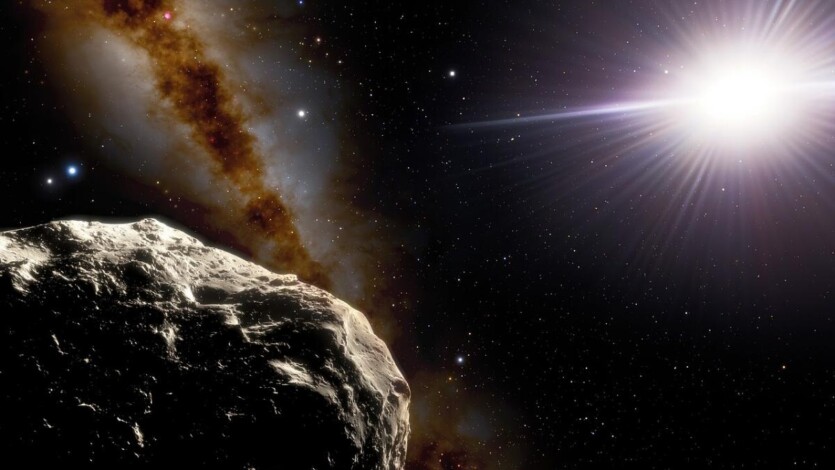
Researchers from the University of In São Paulo, Brazil, researchers have suggested that dozens, maybe hundreds, hidden asteroids revolve around the Sun synchronously with Venus and may threaten to collide with the Earth.
These hidden asteroids orbit the Sun in similar orbits to Venus and are difficult to detect from Earth. For a long time, astrophysicists knew about only 20 of them However, new research points to a significant, yet undetected the population of these asteroids.
«Twenty asteroids are currently known to be in the same orbit as Venus. Being in the same orbit protects these asteroids from approaching Venus, but does not protect them from colliding with Earth», — emphasizes the research team led by associate professor Valerio Carruba.
Asteroids near Venus are classified as potentially dangerous, if their diameter is at least 140 meters In terms of distance, these asteroids are estimated to approach the Earth’s orbit within 0.05 AU.
«We aim to assess the possible threat that an as-yet undiscovered population of Venusian satellites could pose to Earth and explore the possibility of detecting them from Earth and space observatories», — the researchers explain.
According to scientists, there are many more celestial bodies orbiting Venus. Modern telescopes have difficulty detecting such hidden coorbiting asteroids due to the short timeframe during which observations can be made and the high brightness of the Sun. In addition, the further behavior of these asteroids in orbit remains unpredictable.
The researchers conducted computer modeling of the behavior of such hidden asteroids over a period of 36 thousand years. According to them, the results are worrisome.
«There is a range of orbits with e < 0.38, more at lower inclinations, for which Venus’s coorbital can pose a collision hazard with Earth. There is a significant population of potential lower eccentricity coorbital objects capable of numerous significant convergences — and possibly collisions — with Earth», — the researchers emphasize.
The results show that asteroids with an eccentricity of less than 0.38 can collide with the Earth. The eccentricity measures the elongation of the orbit. If it is zero — then it is a perfectly circular trajectory. In terms of studying hidden asteroids, the future Vera Rubin Observatory may prove to be promising. Its incredibly powerful camera can help catch some elusive objects under favorable conditions. However, even its capabilities may not be enough to detect all the hidden asteroids around Venus. According to the researchers, an orbiting observatory around Venus, or a series of orbiting spacecraft, may be the best option for finding hidden asteroids.
The results of the study are published on the preprint server ArXiv
Source: Interesting Engineering

Spelling error report
The following text will be sent to our editors: